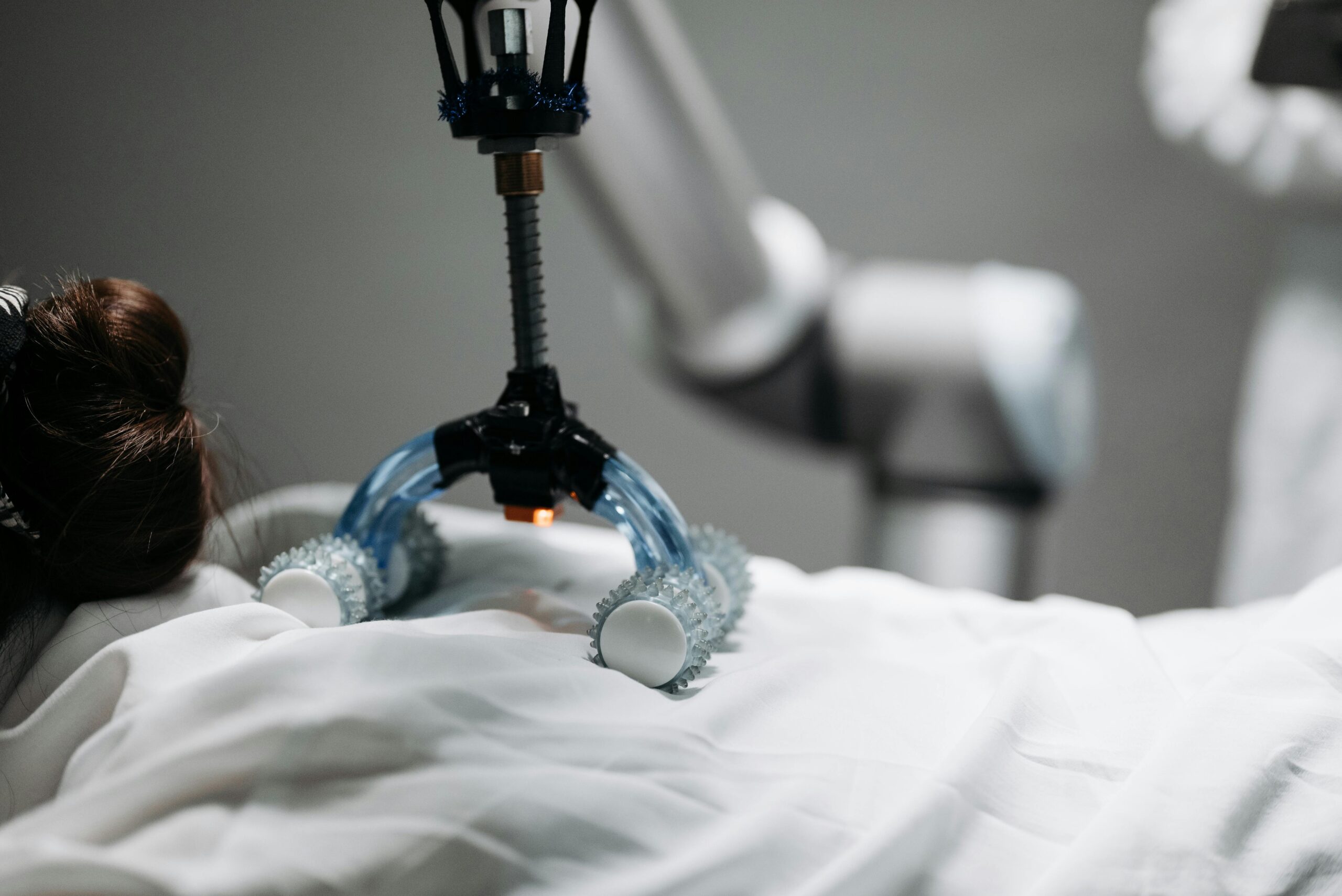Artificial intelligence isn’t coming for the doctor’s job — but it might just save their evenings.
The average physician today spends 1–2 hours after clinic hours finishing documentation, refilling prescriptions, responding to inbox messages, and reconciling notes. Burnout is no longer a risk it’s a reality, driven by administrative overload that now rivals clinical care in time demand.
And here’s where AI enters the equation — not as a replacement, but as a relief valve.
 Recent studies show that AI-assisted message drafting can reduce physician response time by up to 50% without degrading clinical quality or patient satisfaction.
Recent studies show that AI-assisted message drafting can reduce physician response time by up to 50% without degrading clinical quality or patient satisfaction. Meanwhile, ambient listening tools (like AI-powered note takers) are shaving off 6–8 minutes per encounter, reducing cognitive load and helping clinicians stay present with patients.
Meanwhile, ambient listening tools (like AI-powered note takers) are shaving off 6–8 minutes per encounter, reducing cognitive load and helping clinicians stay present with patients.The result?
 More face time with patients
More face time with patients
 Less pajama time with charts
Less pajama time with charts
 Reduced burnout risk and higher retention
Reduced burnout risk and higher retention
 More face time with patients
More face time with patients Less pajama time with charts
Less pajama time with charts Reduced burnout risk and higher retention
Reduced burnout risk and higher retentionBut AI’s promise isn’t automatic.Healthcare executives must lead with intention:
-
How are we vetting AI for clinical safety and bias?
-
Are we integrating AI into workflows, or layering it on top of broken ones?
-
Are we measuring impact beyond productivity — including satisfaction, turnover, and team morale?
 At Alteris Healthcare, we’re piloting AI-powered automation across clinical inboxes and documentation workflows. In some pilots, we’ve seen up to a 35% reduction in admin time per provider, unlocking capacity without adding staff.
At Alteris Healthcare, we’re piloting AI-powered automation across clinical inboxes and documentation workflows. In some pilots, we’ve seen up to a 35% reduction in admin time per provider, unlocking capacity without adding staff.AI is not the enemy of care. Administrative burden is. And the sooner we align innovation with frontline pain points, the faster we can restore joy to the practice of medicine.
If your teams are evaluating AI integrations, we’re happy to share lessons from the field — including what works, what doesn’t, and what’s next.
Let’s talk.


